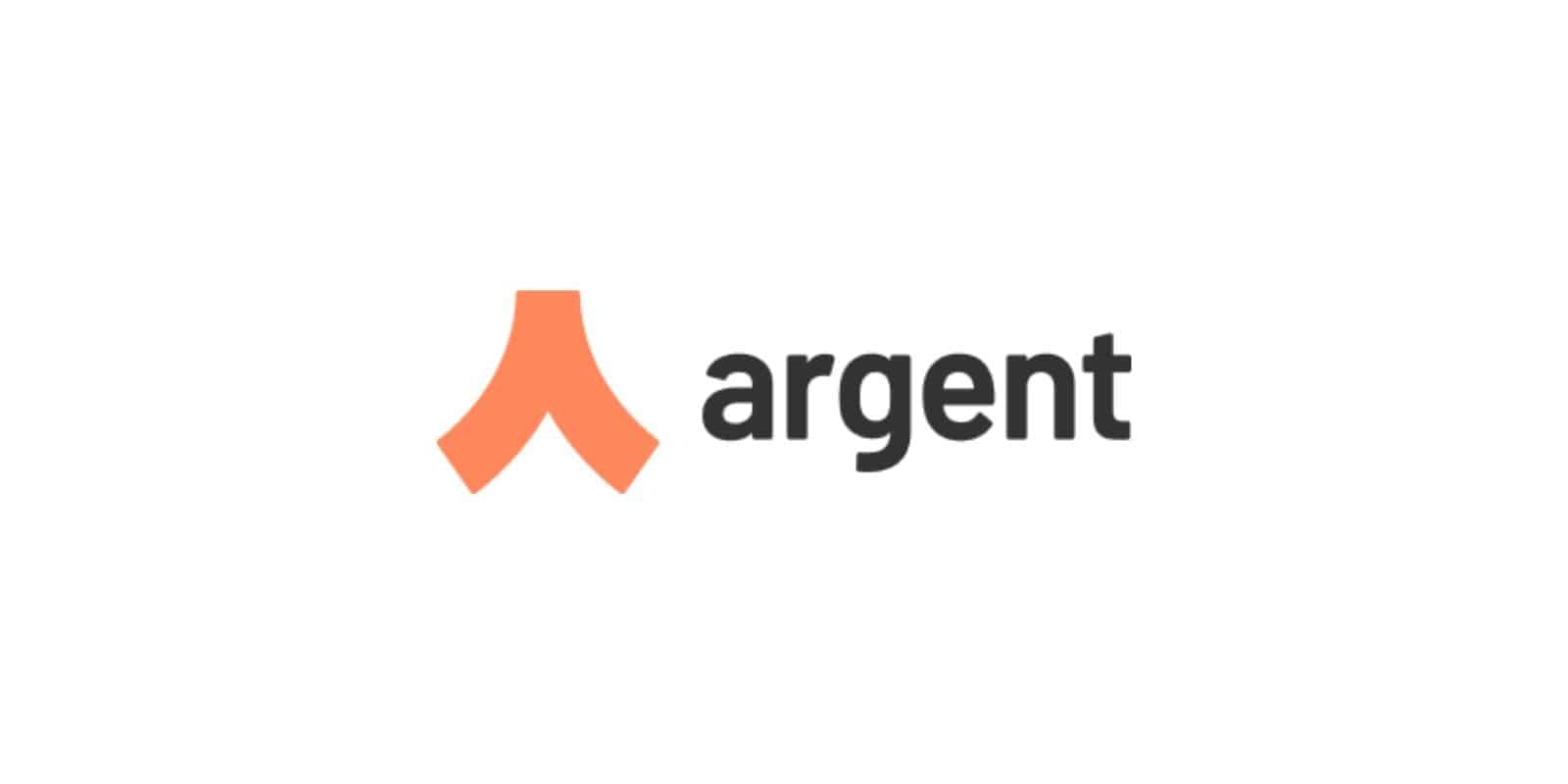Argent, a London-based company, has created a new bitcoin wallet that it claims would lower the costs and environmental effect of interacting with DeFi devices.
Today, Argent announced in an email that more than 500,000 people have signed up for a waiting list to use the layer 2 account built on zkSync, an Ethereum-focused scalability solution, which is now in beta. User early access to the layer 2 account began in October, according to a blog post released last month.
Although the original Argent wallet, which was launched in 2018 and is built directly on the Ethereum blockchain, will continue to be available for long-term customers, layer 2 accounts will become the default for new users going forward. According to a spokesman, hundreds of thousands of people make use of the original service.
Argent co-founder and CEO Itamar Lesuisse said that acquiring access to cryptocurrencies has become “expensive, slow, and less safe.” Argent’s non-custodial layer 2 wallets seek to address this by cutting gas expenses to as low as $1 per transaction, while simultaneously enabling rapid transactions and a 95 percent reduction in carbon emissions with each trade performed.
Using links to DeFi apps like Aave, Lido, and Yearn, customers may purchase, store, and send cryptocurrency. They can even earn interest on tokens held in the service through the usage of DeFi links. For the purpose of assisting users in purchasing cryptocurrency with fiat money, Argent employs the services of crypto payments provider Ramp.
When the business secured $12 million in a Series A led by Paradigm in March of this year, it was considered to be its most recent fundraising round. Index Ventures, Creandum, and Firstminute Capital were among the first investors to put their money into the company.
Additionally, Argent has built a wallet called Argent X that makes use of StarkNet, another Ethereum scaling solution, but claimed in a blog post published in February that it is only intended to be used as a “development tool for the time being.”
***





